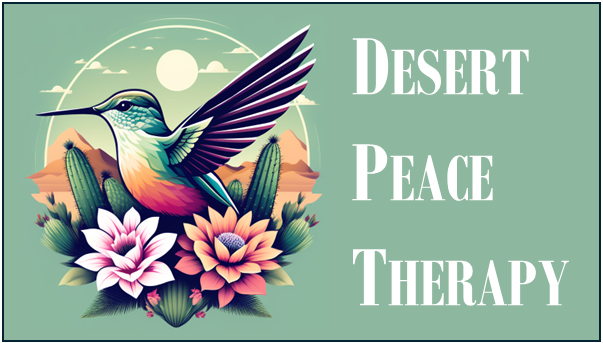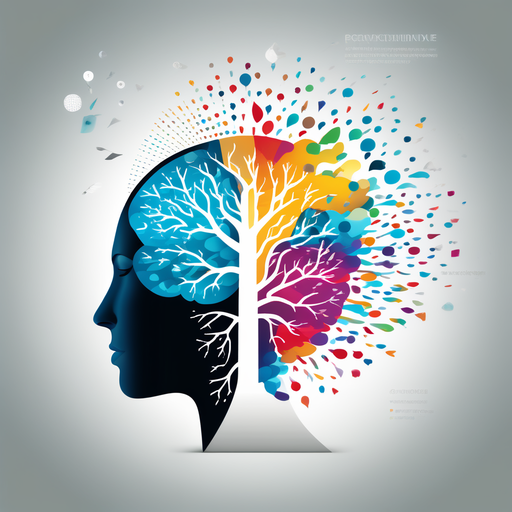
Unlocking the Mind: Carl Jung’s Individuation Process (Part 2 of 3)
In our previous post, we explored Carl Jung’s concept of the Collective Unconscious, the shared reservoir of archetypes and symbols that influence human behavior. Building upon that foundation, we now turn to Individuation, a central process in Jungian psychology that guides individuals toward self realization and psychological wholeness.

Who Was Carl Jung?
Carl Gustav Jung (1875–1961) was a Swiss psychiatrist and psychoanalyst who founded analytical psychology. Known for his deep exploration into the human psyche, Jung introduced concepts that have become essential to the fields of psychology, philosophy, and even spirituality. One of his most defining contributions was the idea of individuation, a process he believed to be the most important goal of human development.
For Jung, the purpose of life was not just to survive or succeed outwardly, but to become whole inwardly. He viewed each person as a unique combination of conscious identity and unconscious potential. Through individuation, Jung believed we could bridge the gap between who we appear to be and who we truly are. This wasn’t about becoming someone new; it was about remembering, reclaiming, and integrating what’s already within.
Jung’s legacy invites us to move inward with courage, to explore the depths of our own psyches, and to embrace the contradictions that make us human. Individuation, in his view, wasn’t a luxury or an abstract concept. It was a necessity for emotional health, personal growth, and authentic living.
What Is Individuation?
Individuation is the lifelong journey of integrating various aspects of the psyche – both conscious and unconscious – to develop a cohesive and authentic self. Jung described it as the process by which a person becomes “in-dividual,” meaning undivided or whole. This involves acknowledging and harmonizing internal opposites, such as the persona and the shadow, or the anima/animus and the ego.
Unlike Freud, who emphasized the influence of past experiences, Jung viewed individuation as a forward moving process aimed at achieving self actualization. He believed that by confronting and integrating unconscious elements, individuals could attain a state of inner balance and fulfillment.

The Stages of Individuation
Jung outlined several key stages in the individuation process:
- Confronting the Shadow: Recognizing and integrating the repressed, often negative aspects of oneself.
- Encountering the Anima/Animus: Engaging with the inner feminine (anima) or masculine (animus) qualities to achieve psychological balance.
- Transcending the Persona: Moving beyond the social masks we wear to reveal the true self.
- Realizing the Self: Achieving a harmonious integration of all aspects of the psyche, leading to a sense of completeness.
This transformative journey is not linear and often involves revisiting earlier stages as new challenges and insights emerge.

Why Individuation Matters
Engaging in individuation can lead to numerous psychological benefits:
- Enhanced Self Awareness: Understanding one’s motivations, desires, and fears.
- Improved Relationships: Relating to others from a place of authenticity.
- Greater Resilience: Developing the capacity to navigate life’s challenges with inner strength.
- Personal Fulfillment: Living in alignment with one’s true values and purpose.
By embracing the individuation process, individuals can move toward a more integrated and meaningful existence.

Applying Individuation in Daily Life
Incorporating individuation into everyday life involves intentional self reflection and personal growth:
- Mindful Observation: Pay attention to recurring patterns in thoughts, dreams, and behaviors.
- Journaling: Document experiences and insights to uncover unconscious themes.
- Therapeutic Engagement: Work with a therapist to explore and integrate various aspects of the psyche.
- Creative Expression: Use art, music, or writing to explore inner experiences.
These practices can facilitate a deeper connection with oneself and support the journey toward individuation.
By embracing the journey of Individuation, we take meaningful steps toward becoming whole – integrating the conscious and unconscious to uncover our most authentic self. In the final part of this series, we will explore Active Imagination, Jung’s creative method for engaging the unconscious through symbols, art, and inner dialogue. Stay tuned for Part 3!
Take the first step toward transforming your thoughts and reclaiming your peace – contact Desert Peace Therapy today to schedule your personalized session today.
Find inner peace through our therapy services
Experience unmatched well-being

